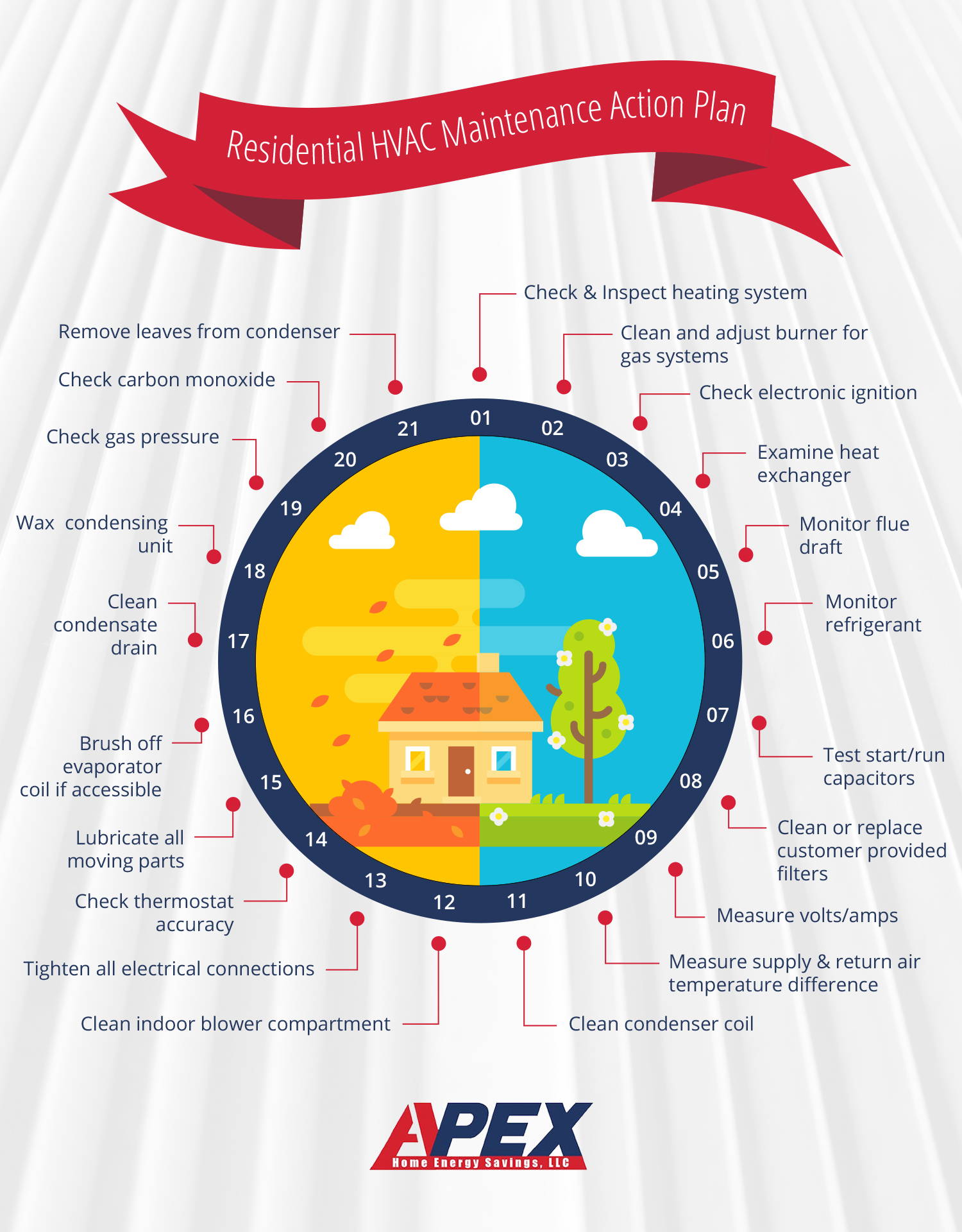Identifying And Fixing HVAC Problems In Your Residence
Identifying And Fixing HVAC Problems In Your Residence
Blog Article
Material Writer-Porterfield Grossman
Imagine coming home on a scorching summer day, just to locate that your a/c is not working. Frustrating, ideal? Do not fret, you can troubleshoot usual HVAC problems in your home.
This short article will certainly assist you with the procedure of identifying and repairing airflow concerns, as well as troubleshooting temperature control problems.
So, order your tools and prepare yourself to become your very own a/c hero.
Understanding Heating And Cooling System Fundamentals
To understand the a/c system fundamentals, you ought to know exactly how it runs and what parts compose the system.
The HVAC system, which stands for Home heating, Air Flow, and Cooling, is in charge of keeping a comfortable interior environment. It functions by regulating the temperature level, moisture, and air high quality in your house.
The primary elements of an a/c system include the heating system or heat pump, ac unit, ductwork, thermostat, and air filters. The furnace or heat pump is responsible for heating the air, while the air conditioning system cools it down.
The ductwork distributes the conditioned air throughout your home, and the thermostat enables you to manage the temperature level. Finally, hot water heaters help to remove dust, pollen, and other particles from the air.
Comprehending these basic elements will certainly help you troubleshoot typical HVAC troubles and guarantee your system runs efficiently.
Identifying and Dealing With Air Movement Issues
To repair air flow problems in your house, you should start by checking for blocked air filters and blocked vents. Blocked air filters can limit the circulation of air, causing your cooling and heating system to function more challenging and less efficiently. It is very important to frequently tidy or change your air filters to ensure appropriate airflow.
Furthermore, blocked vents can also impede air flow throughout your home. Make certain that all vents are clear of any kind of obstructions such as furnishings, drapes, or debris. If visit my web page see any kind of vents that are closed or partly shut, open them as much as permit better air flow.
http://brande3jerrod.xtgem.com/__xt_blog/__xtblog_entry/__xtblog_entry/37012733-a-comprehensive-overview-to-cooling-and-heating-fixing-common-issues-and-solutions?__xtblog_block_id=1#xt_blog that can affect airflow is leaking duct. Evaluate your ductwork for any kind of leaks or spaces and seal them effectively to enhance airflow and power performance.
Repairing Temperature Control Issues
If you're experiencing temperature level control issues in your home, inspect both the thermostat and the cooling and heating system for any kind of problems.
Start by examining the thermostat settings to ensure they're set appropriately. Often, the temperature level could be established expensive or as well low, creating the heating and cooling system to not function correctly. If the setups are appropriate, inspect the thermostat for any kind of physical damage or loosened links.
Next, evaluate the a/c system for any kind of noticeable issues. Try to find leaks, stopped up filters, or obstructed vents that could be affecting the temperature level control. Additionally, make sure the system is getting power and the breaker isn't tripped.
If you're unable to identify or deal with the trouble, it's ideal to call a specialist HVAC technician for additional aid.
Final thought
So, there you have it! By understanding the essentials of your a/c system and repairing common issues like air movement problems and temperature level control troubles, you can keep your home comfy all the time.
For instance, let's state you notice that some rooms in your house are constantly warmer than others. By checking for obstructed vents or changing the dampers, you can make sure that the air movement is well balanced and every space goes to the preferred temperature.
